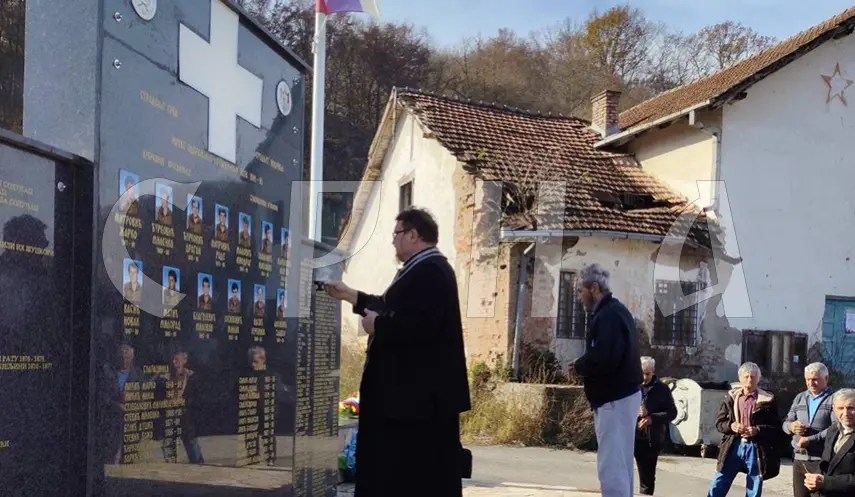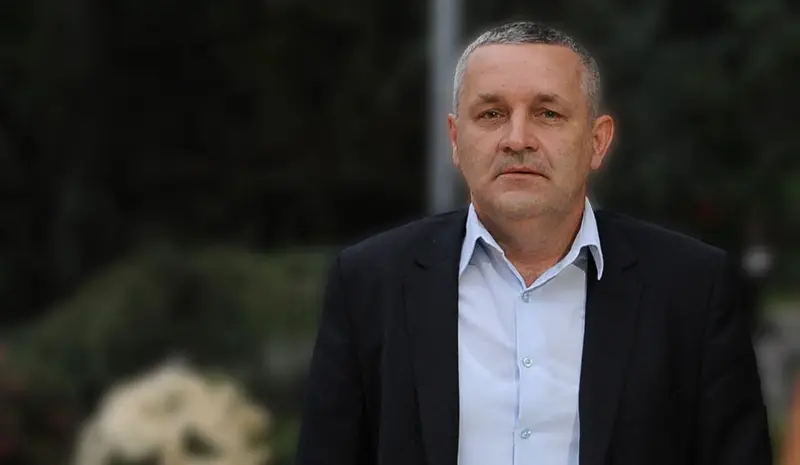DODIK: DONJA GRADINA – SYMBOL OF SUFFERING AND PROOF THAT EXTERMINATION OF A NATION IS NOT POSSIBLE
Republika Srpska – remembrance
04/27/2025
14:37

KOZARSKA DUBICA, APRIL 27 /SRNA/ - Republika Srpska President Milorad Dodik said today in Donja Gradina that this place is a symbol of suffering, which bears witness to the systematic killing and to the existence of monsters who wanted to exterminate an entire people. However, today's gathering is proof that this is not possible.
"People were systematically killed here because that was the official ideology of the Independent State of Croatia /NDH/. People died agonizing deaths. A two-year-old child was placed in a sack with a cat, tied up, and thrown alive into the Sava River. They competed in inventing methods to exterminate a people," said Dodik in his speech during the commemoration of the Day of Remembrance for the Victims of Genocide against Serbs, Jews, and Roma in the Independent State of Croatia from 1941 to 1945 and the 80th anniversary of the breakout of inmates from the Jasenovac concentration camp.
He emphasized that this place speaks for itself, where no loudspeaker is needed to hear what happened here.
"Across all Serbian settlements and villages in fascist NDH, there is no place where the villagers were not killed – Lijevče Polje, the entire Krajina, Lika, Herzegovina, are filled with cries that have been sent to the future to testify that there are monsters in the world who wanted to exterminate an entire people. We are witnesses that this is not possible," said Dodik.
The Day of Remembrance for the victims of genocide against Serbs, Jews, and Roma in the Independent State of Croatia from 1941 to 1945, and the 80th anniversary of the breakout from the Jasenovac concentration camp, is jointly commemorated by the governments of Republika Srpska and Serbia.
The system of death camps in the NDH included around 80 camps, and Donja Gradina, as the largest execution site in the Jasenovac concentration camp system, was formed in August 1941.
The last surviving inmates of the Jasenovac Ustasha concentration camp began their breakout on April 22, 1945, in an attempt to escape from this death factory, the largest in Southeast Europe.
According to the data from the Donja Gradina Memorial Area, 700,000 victims of the Ustasha crimes perished in the notorious Jasenovac camp during World War II, including 500,000 Serbs, 40,000 Roma, 33,000 Jews, and 127,000 anti-fascists. Among the victims in Jasenovac were 20,000 children.






